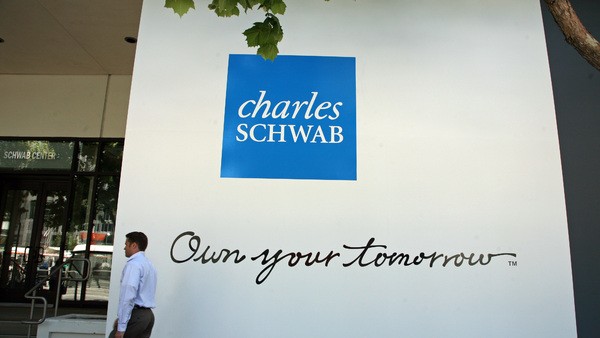The Case For ETFs in 401(k) Plans
Post on: 23 Июль, 2015 No Comment

While ETFs have morphed from thorn in the side of mutual funds to legitimate competitor, one area where the former has made few inroads against the latter is in 401(k) plans. When 401(k) became part of the retirement lexicon in the 1980s, ETFs were not around and the retirement plans were constructed in part to accommodate mutual funds.
Until now, mutual funds have dominated the 401(k) arena, but with new disclosure requirements on the horizon, investors may start clamoring for ETFs to be made available in 401(k) plans. The new requirements are aimed at highlighting fees beyond basic fund management, including fees they charge for distribution, marketing and other costs, and increasing transparency.
ETFs have a long way to go when it comes to defined contribution plans in the U.S. a market in which ETFs control just one percent of the assets, according to Bloomberg. That does not diminish the cost argument, though.
By design, ETFs offer daily transparency of holdings1 as well as transparency of fund management costs, said Sean Kelly, WisdomTree director of retirement services, in a research note published by ETF sponsor WisdomTree. Since ETFs do not carry bundled fees or revenue sharing, they are already aligned with the new requirements on fee disclosure. With ETFs, you always know what you own and what you paid for it. So, as far as your late-October account statements-no surprises.
Citing Labor Department data, Kelly notes there currently are an estimated 483,000 individual retirement account plans out there, covering roughly 72 million participants. However, many employers already offer low-cost index funds as part of their 401(k) options, so there is some burden on ETF sponsors to cost savings.
ETFs do offer superior cost advantages when compared to mutual funds and it is what often appear to be small differences in costs that can significant impacts on returns. Even savings of just 20 or 30 basis can a major impact over long-term time horizons, which retirement accounts are obviously geared toward.
Let’s say your initial investment is $25,000. If we are comparing apples-to-apples, hypothetically, your return should be 7.5%, but because of the additional 1% in fees, the net return is 6.5%, wrote Kelly. In the higher-fee scenario, over the course of 20 years a $25,000 investment with a 6.5% return will grow to about $88,091.13. But in the lower-fee scenario, a $25,000 investment with a 7.5% return will grow to about $106,196.28 over the same amount of time.
There are other issues regarding ETFs moving into the 401(k) arena. Mutual fund shares are traded in batches at the end of the trading day through a clearinghouse that charges a small fee, but ETFs trade through traditional brokers that charge commissions based on share size, the Wall Street Journal reported earlier this year .

That brings up the issue of allowing participants to trade ETFs in 401(k) plans intraday or barring them for doing so ETF trades could be packaged in the same fashion as mutual fund trades.
Some companies do see the allure of ETFs in 401(k) plans. Charles Schwab (NYSE: SCHW ) is working on all-ETF 401(k) product. Capital One’s (NYSE: COF ) ShareBuilder 401(k) plan features ETFs and nothing else, the Journal reported.
ETFs clearly have a long way to go become a force in the 401(k) universe, but investors in small 401(k) plans that are often subject to higher fees might make this dream a reality for ETF sponsors.
For more on ETFs and fees, click here .
(c) 2012 Benzinga.com. Benzinga does not provide investment advice. All rights reserved.














